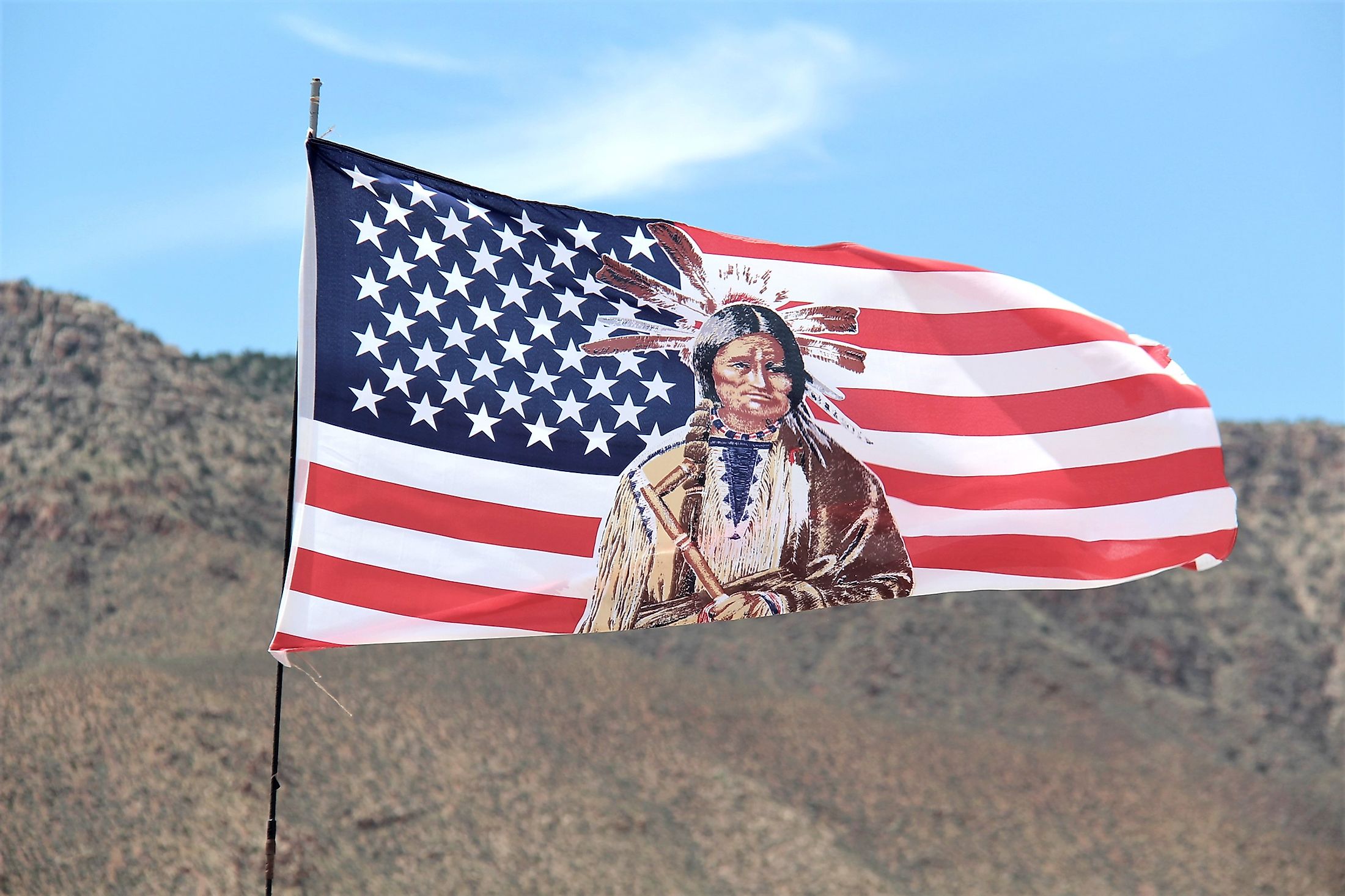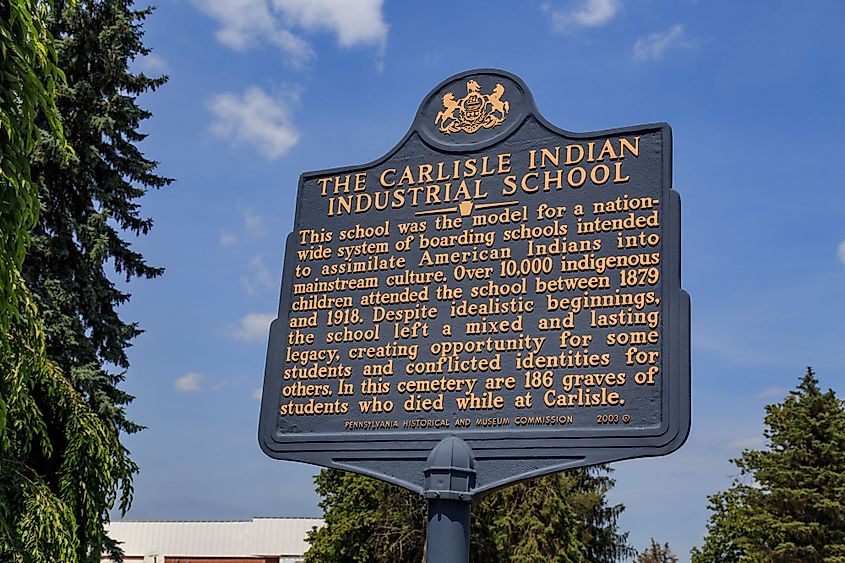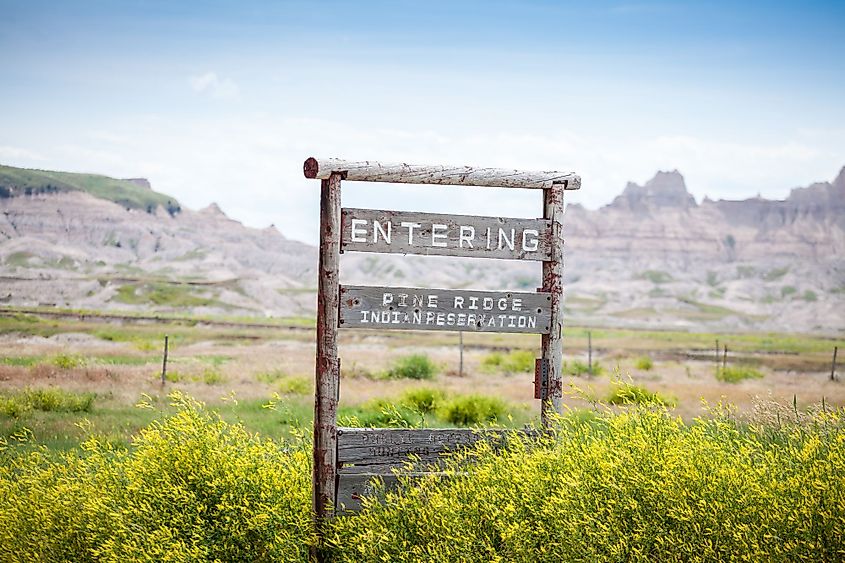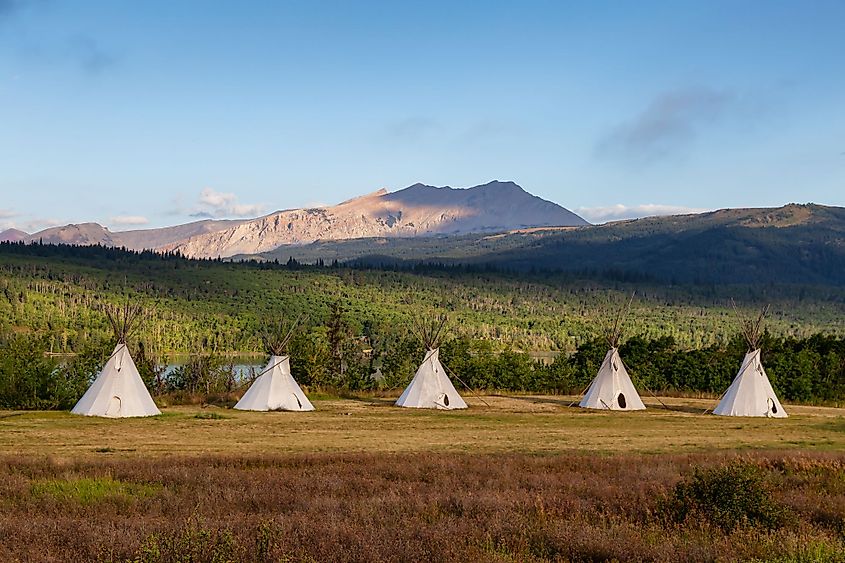
What Was The Dawes Act?
Also referred to as the Dawes Severalty Act, or the General Allotment Act, the Dawes Act was passed in 1887 that allowed the US government to break up the reserve lands belonging to Native American nations, particularly those in the western United States. The law encouraged these Native Americans to abandon their traditional ways of life in favor of a life reminiscent of the white settlers. The law was part of the US policy in the late 19th century to encourage Native Americans to assimilate into white American society by treating them as separate individuals rather than as members of various nations with collective rights. As a result of the Dawes Act, Native Americans lost most of their traditional lands, along with their traditional ways of life.

The Dawes Act was named for its chief author, Senator Henry Laurens Dawes. It was signed into law by President Grover Cleveland on February 8, 1887. By this time, many if not most Native American nations in the United States were already confined to reservations, and much of their traditional lands had already been taken by the US government and white settlers. For a long time, the US government's policy was to allow the Native Americans to maintain their traditional practice of communal use and control of their lands within the confines of their reservations. But the Dawes Act put this long-standing policy to an end. Under the terms of the Dawes Act, the US government was authorized to break up the land on the reserves into individual plots. These plots were to be given out to individual Native Americans and families. The male head of each family received 0.65 sq. km of land, while single men received 0.32 sq. km of land, and boys received 0.16 sq. km of land. No land was accorded to women.
Policy of Assimilation

Dividing the land of the reserves into individual plots was a part of the US government policy of coercing Native Americans into assimilating into white American society. No longer would the various Native American nations have any right to control the reservations they once had. Native Americans would no longer be subject to the laws and governance of their nations. Instead, Native Americans would become US citizens and be subject to state and federal laws like other US citizens. Native Americans were subject to other practices designed to destroy their cultures and languages on the reservations. For example, Native American children were forced to attend the US government's schools on the reservations, where they learned how to live like white Americans. These schools forced the children to dress like white Americans and even cut their hair like white Americans. Native American children were not even allowed to keep their own names, and instead, were forced to adopt European names.
The Dawes Act’s Effects on Native Americans

The architects of the Dawes Act claimed that the law would benefit Native Americans. But in fact, it did the opposite. Native Americans were not accustomed to ranching or farming—neither the Dawes Act nor any other law provided for agricultural education or farming equipment. Moreover, the lands that the Native Americans were given on which to farm or ranch were unsuitable for either. Also, some Native American nations regarded intensive agriculture as culturally insensitive. Stripped of their traditional livelihoods and forced to act as separate individuals rather than part of a collective Native American nation, many Native Americans were reduced to abject poverty. Thus, the objective of the Dawes Act to assimilate Native Americans into white American society was not achieved. However, what was achieved was another objective of the Dawes Act: seizing more Native American land for white settlement.

The Dawes Act was yet another tool used by the United States to take more Native American land and replace the indigenous inhabitants with white settlers. One specific provision in the law allowed the government to seize land designated as surplus land. This was land that was not allotted to Native American families or individuals. Thus, after distributing all the individual parcels of land on a reservation to the Native Americans, what was leftover was put up for public sale by the government for white settlers to buy. Some of this land was also sold to railroad companies. The proceeds from the sale of surplus land went to build the aforementioned reservation schools. It should also be noted that this surplus land was often the most suited for agricultural use, in contrast to the individual allotments given to the Native Americans, which were often barren and unsuitable for any kind of agriculture. The separate parcels of land given to the Native Americans were also subject to taxation that they could not afford. As a result, these Native Americans had their individual allotments seized by the government and put up for auction to white Americans. Many Native Americans, having been put into a state of destitution by the Dawes Act, eventually sold their lands as they had nothing else of value. By 1932, the Dawes Act allowed the US government and white settlers to seize two-thirds of the 138 million acres of territory formerly controlled by the Native American nations.
End of the Dawes Act Era
In 1934, the Wheeler-Howard Act, also known as the Indian Reorganization Act, was passed. This law ended the US allotment policy on Native American reservations that was pursued under the Dawes Act. The new law also allowed for and encouraged the restoration of tribal governments over the Native American reservations that had been taken away by the Dawes Act, as well as the return to voluntary communal Native American ownership. Finally, and perhaps most importantly, the Wheeler-Howard Act prevented the further transfer of Native American lands to white Americans. But the repeal of policies related to the Dawes Act could not repair the damage that was already done to Native American society, which came in the form of rampant alcoholism, widespread poverty, and rates of suicide that were higher than for any other ethnic group in the United States.











